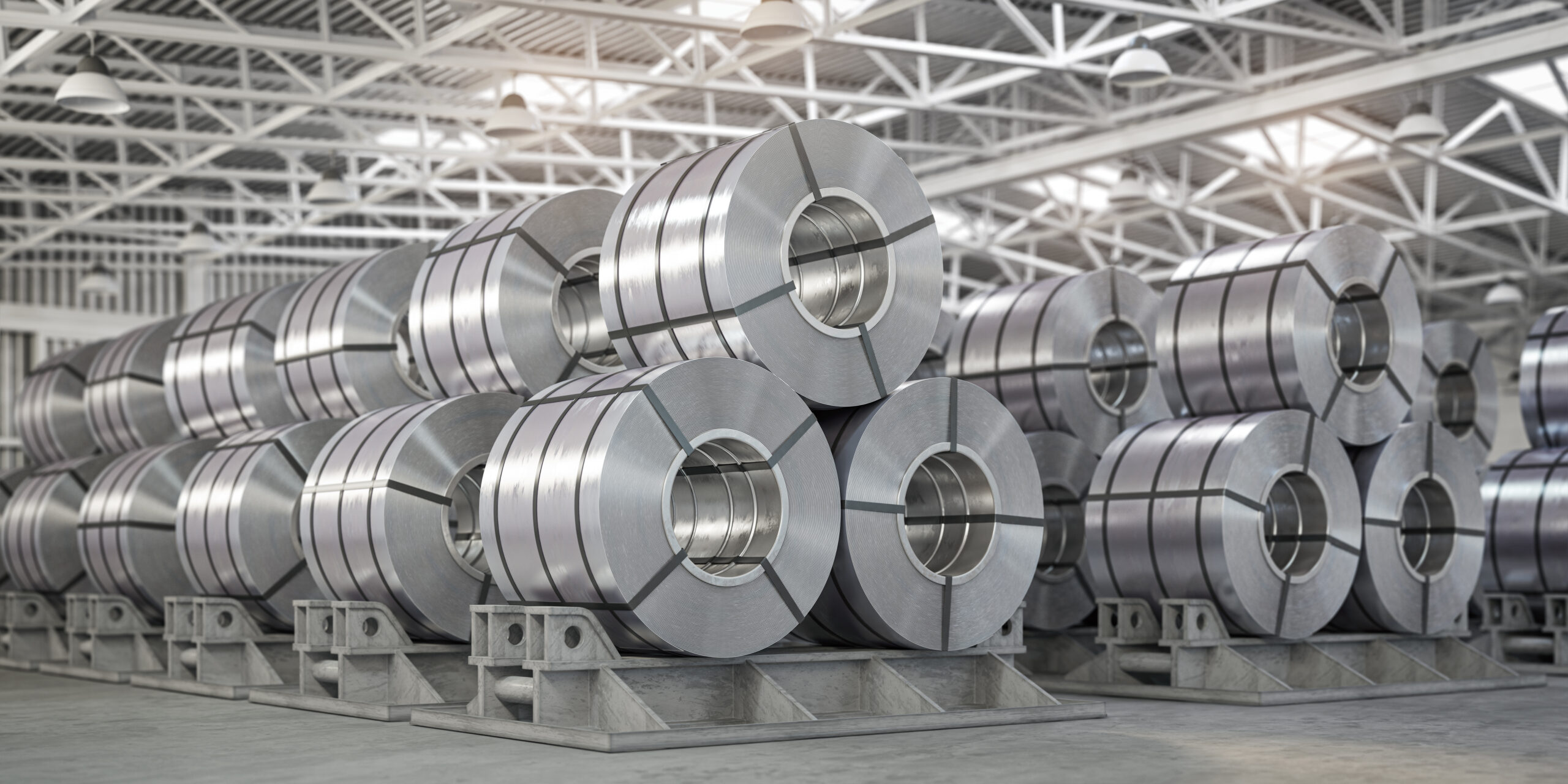Industry Overview
The steel industry is the backbone of global infrastructure, playing a crucial role in construction, automotive, energy, shipbuilding, machinery, and consumer goods. Steel remains one of the most widely used materials due to its strength, durability, and recyclability.
The industry is currently undergoing a major transformation, driven by sustainability efforts, demand for high-performance alloys, and the transition to low-carbon steel production. While the sector faces challenges from energy costs, supply chain disruptions, and regulatory pressures, it continues to expand, supported by rising demand in emerging economies and green energy projects.
Market Size & Growth Trends
- Global steel market size: Estimated at $1.6 trillion in 2023, expected to reach $2.1 trillion by 2030, with a CAGR of 4.2%.
- Annual crude steel production: Over 1.9 billion metric tons, with demand projected to exceed 2.5 billion metric tons by 2040.
- China’s dominance: Produces over 55% of global steel output, followed by India, Japan, the U.S., and Russia.
- Recycled steel market: Currently valued at $150 billion, projected to grow at a CAGR of 6.5%, reaching $250 billion by 2035.
- Green steel investment: Over $200 billion committed globally for hydrogen-based and carbon-neutral steel production by 2040.
Key Industry Drivers
✅ Infrastructure & Urbanization Boom – Rapid industrialization in Asia, Africa, and the Middle East driving demand for structural steel and rebar.
✅ Automotive & Aerospace Growth – Advanced high-strength steels (AHSS) and lightweight alloys improving fuel efficiency and safety.
✅ Sustainability & Circular Economy – Increasing focus on electric arc furnaces (EAFs), carbon capture, and hydrogen-based steelmaking.
✅ Energy & Renewables Sector – Rising demand for steel in wind turbines, solar infrastructure, and offshore energy projects.
✅ Technological Innovations – Development of low-emission steel, AI-driven manufacturing, and advanced coatings enhancing durability and efficiency.
Challenges & Risks
⚠️ Raw Material Price Volatility – Fluctuations in iron ore, coking coal, and scrap metal prices impacting production costs.
⚠️ Carbon Emission Regulations – The steel industry contributes 7% of global CO₂ emissions, leading to stricter policies and carbon taxes.
⚠️ Supply Chain Disruptions – Geopolitical tensions and trade restrictions affecting global iron ore and steel exports.
⚠️ Competition from Aluminum & Composites – Lightweight materials challenging traditional steel use in automotive and aerospace.
⚠️ Energy Costs & Sustainability Pressure – Transitioning to low-carbon steel requires heavy investment in renewable energy and hydrogen-based technologies.
Regional Insights
- Asia-Pacific – Largest producer and consumer, accounting for 70% of global steel demand, led by China, India, and South Korea.
- Europe – Focus on green steel initiatives and decarbonization, with the EU targeting carbon-neutral steel production by 2050.
- North America – Investments exceeding $50 billion in electric arc furnaces (EAFs) and recycling technologies.
- Middle East & Africa – Growing demand due to mega infrastructure projects and industrial expansion.
Investment & Business Opportunities
💡 Green & Carbon-Neutral Steel – Market for hydrogen-based steel expected to reach $300 billion by 2040.
💡 Advanced High-Strength Steel (AHSS) – Demand growing at 7% annually, particularly in automotive and defense.
💡 Scrap Steel Recycling & Circular Economy – Recycled steel projected to meet 40% of global demand by 2035.
💡 Steel for Renewable Energy Projects – Offshore wind and solar farms require millions of tons of high-performance steel.
💡 Smart Manufacturing & AI-Driven Processes – Digitalization improving efficiency, reducing waste, and cutting costs.
Conclusion & Strategic Outlook
The steel industry remains a pillar of economic development but faces increasing pressure to adopt sustainable practices and reduce carbon emissions. Companies that invest in green steel, recycling, and digital transformation will gain a competitive edge in the evolving market.
🚀 Future Focus: The industry is set to shift toward hydrogen-based steelmaking, circular economy solutions, and AI-driven production, with an estimated market value surpassing $2.5 trillion by 2045.

